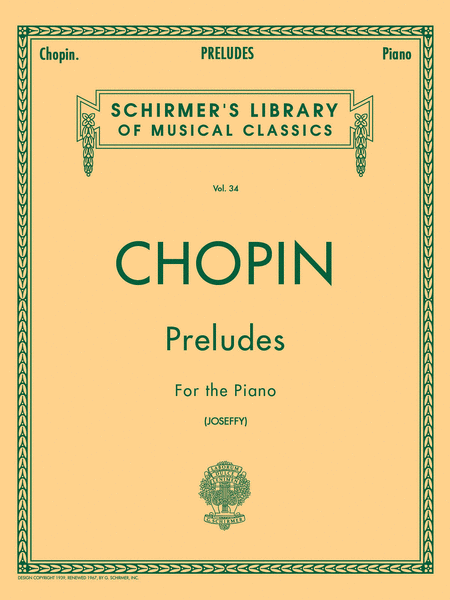César-Auguste-Jean-Guillaume-Hubert Franck (1822 –
1890) was a composer, pianist, organist, and music
teacher who worked in Paris during his adult life. He
was born at Liège, in what is now Belgium (though at
the time of his birth it was under the Netherlands'
control). In that city he gave his first concerts in
1834. He studied privately in Paris from 1835, where
his teachers included Anton Reicha. After a brief
return to Belgium, and a disastrous reception to an
early oratorio Ruth, he mov...(+)
César-Auguste-Jean-Guillaume-Hubert Franck (1822 –
1890) was a composer, pianist, organist, and music
teacher who worked in Paris during his adult life. He
was born at Liège, in what is now Belgium (though at
the time of his birth it was under the Netherlands'
control). In that city he gave his first concerts in
1834. He studied privately in Paris from 1835, where
his teachers included Anton Reicha. After a brief
return to Belgium, and a disastrous reception to an
early oratorio Ruth, he moved to Paris, where he
married and embarked on a career as teacher and
organist. He gained a reputation as a formidable
improviser, and travelled widely in France to
demonstrate new instruments built by Aristide
Cavaillé-Coll.
In 1858 he became organist at Sainte-Clotilde, a
position he retained for the rest of his life. He
became professor at the Paris Conservatoire in 1872; he
took French nationality, a requirement of the
appointment. His pupils included Vincent d'Indy, Ernest
Chausson, Louis Vierne, Charles Tournemire, Guillaume
Lekeu, and Henri Duparc. After acquiring the
professorship Franck wrote several pieces that have
entered the standard classical repertoire, including
symphonic, chamber, and keyboard works.
Franck purchased a practice pedalboard from Pleyel et
Cie for home practice to improve his pedal technique,
as well as spending many hours at the organ keyboard.
The beauty of its sound and the mechanical facilities
provided by the instrument assisted his reputation as
improviser and composer, not only for organ music but
in other genres as well. Pieces for organ, for choir,
and for harmonium began to circulate, among the most
notable of which is the Messe à 3 voix (1859). The
quality of the movements in this work, composed over a
number of years, is uneven, but from it comes one of
Franck's most enduring compositions, the communion
anthem "Panis angelicus" ("Bread of Heaven").
Veni Creator Spiritus ("Come Creator Spirit") is a hymn
believed to have been written by Rabanus Maurus in the
9th century. When the original Latin text is used, it
is normally sung in Gregorian Chant. As an invocation
of the Holy Spirit, in the practice of the Roman
Catholic Church it is sung during the liturgical
celebration of the feast of Pentecost (at both Terce
and Vespers). It is also sung at occasions such as the
entrance of Cardinals to the Sistine Chapel, when
electing a new pope, as well as at the consecration of
bishops, the ordination of priests, when celebrating
the sacrament of Confirmation, the dedication of
churches, the celebration of synods or councils, the
coronation of kings, the profession of members of
religious institutes and other similar solemn
events.
Although originally written for Voice (TB) and organ, I
created this arrangement for Solo Acoustic Piano.








